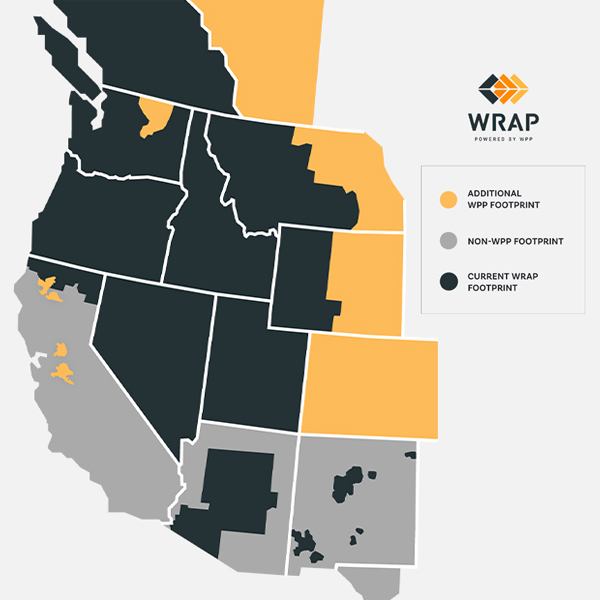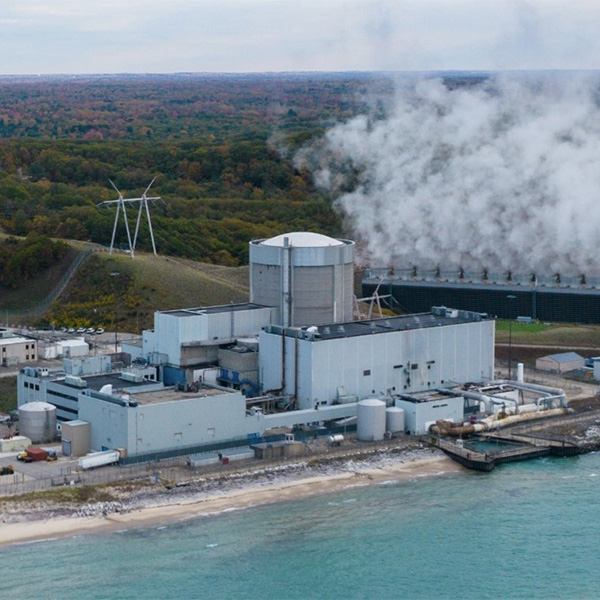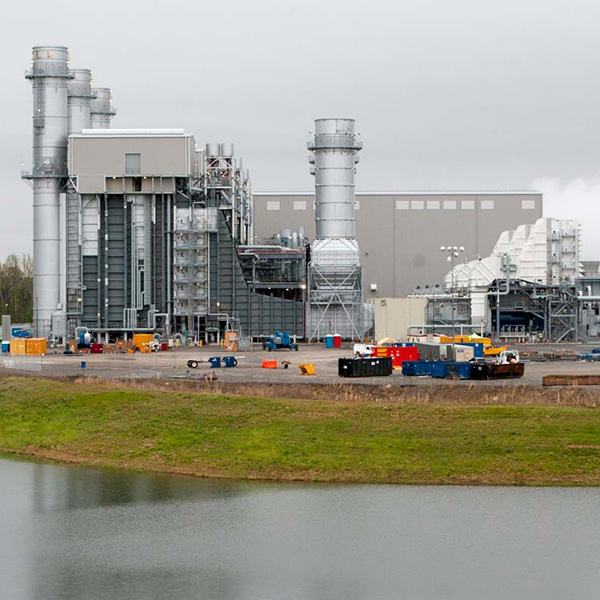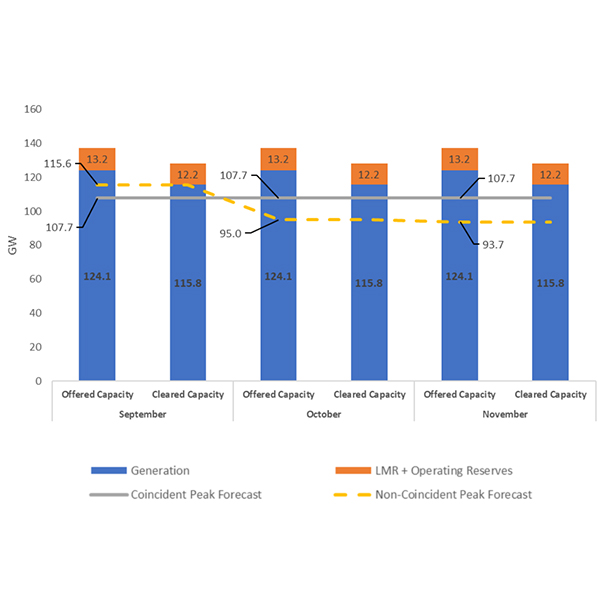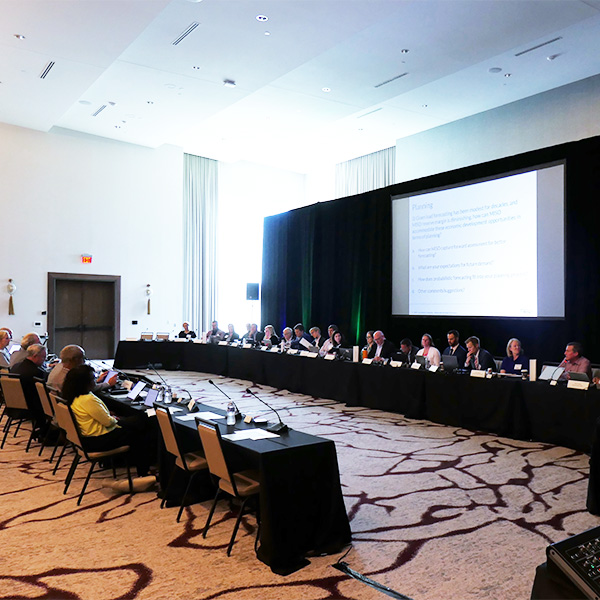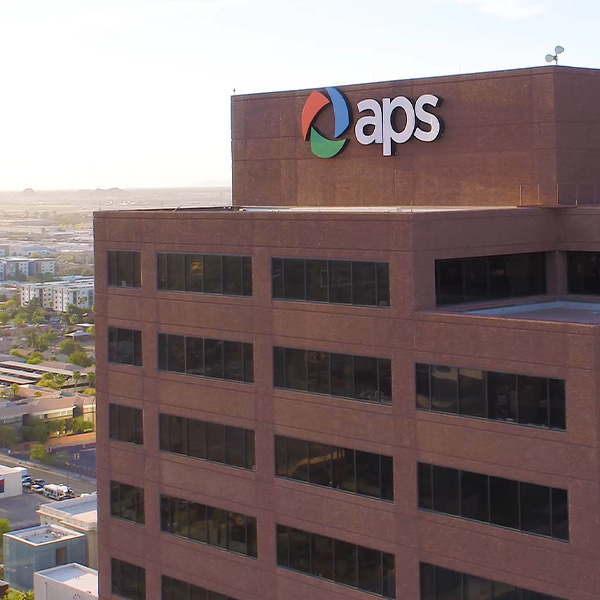Resource Adequacy
Resource adequacy is the ability of electric grid operators to supply enough electricity at the right locations, using current capacity and reserves, to meet demand. It is expressed as the probability of an outage due to insufficient capacity.
The Western Resource Adequacy Program’s key stakeholder body approved a plan that would postpone the start of its penalty phase by one year, to summer 2027.
MISO set its 122-GW summertime peak on the unofficial last week of summer, with widespread heat necessitating back-to-back maximum generation warnings.
No nuclear power plant in the nation has restarted operations after shutting down, and Holtec International is detailing how it expects to accomplish the feat at the mothballed Palisades Nuclear Generating Station in a little more than a year.
The Tennessee Valley Authority is insisting its second rate increase in two years is necessary to build new generation despite the Southern Alliance for Clean Energy condemning the latest hike as clandestine and used to support fossil fuel investments.
ERCOT’s rule change to the Nodal Operating Guide that imposes voltage ride-through requirements on inverter-based resources has been partially approved, but much work remains.
Infocast’s inaugural Midcontinent Clean Energy summit provided panelists a pulpit for critiquing MISO’s interconnection queue setup as it strains under the weight of hundreds of gigawatts intended to further fleet shift and meet load growth.
MISO doesn’t believe autumn will prove much trouble for it to tackle, though it faces a capacity shortfall in Missouri.
MISO's Todd Hillman described the pressure cooker environment of escalating data center demand, a precarious reliability situation and an overwhelmingly large interconnection queue at Infocast’s inaugural Midcontinent Clean Energy Summit.
MISO continues to try to get a bead on load growth and took stakeholder suggestions on how to best monitor sizable future load additions across the footprint.
The integration of Markets+ with the Western Resource Adequacy Program would be among a handful of key reliability benefits of SPP’s Western day-ahead offering, according to an “issue alert” published by 10 entities that backed development of the market.
Want more? Advanced Search
